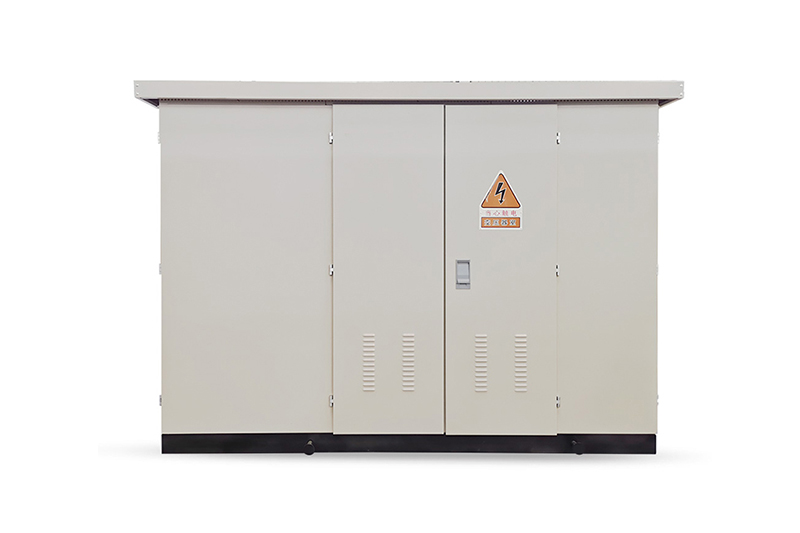In-depth Analysis of the Working Principle and Application of Isolation Transformers
Time:2025-05-16 Auther:ZTelec-www.ztelectransformer.com
In modern electrical systems, isolation transformers are vital components that ensure safety and reliable power delivery. These specially designed transformers are characterized by the complete electrical isolation between the input and output windings. This structure effectively prevents accidental electric shocks by eliminating direct current paths, greatly enhancing user and equipment safety.
By isolating the current paths of the primary and secondary windings, isolation transformers ensure circuit separation. This core feature makes them indispensable across various sectors. Originally introduced in the European power industry, their usage has expanded significantly with technological development. Today, isolation transformers are widely used in electronics, industrial machinery, mining, and control systems.
They serve as power supplies for control systems, safety lighting, and indicator circuits. Thanks to their high insulation strength, they isolate different voltage potentials and suppress common-mode interference. Typically, isolation transformers feature a 1:1 voltage ratio to maintain voltage while ensuring safe circuit separation.

Working Principle of Isolation Transformers
Electromagnetic Induction
Isolation transformers operate on the principle of Faraday’s law of electromagnetic induction. The system includes a primary coil and a secondary coil wound around a common magnetic core. When AC current flows through the primary coil, it generates a magnetic field that induces an electromotive force in the secondary coil through magnetic flux linkage, enabling energy transfer without direct electrical contact.
Electrical Isolation
The primary and secondary windings are magnetically coupled but electrically isolated. The turns ratio (N₁:N₂) dictates the voltage transformation. When set to 1:1, the transformer provides isolation without altering the voltage. Additional features like double insulation and electromagnetic shielding ensure complete separation, preventing interference between circuits.
Anti-Interference Features
Common-Mode Noise Suppression: High-frequency noise often affects circuits via parasitic capacitance. Isolation transformers with grounded shielding layers, such as copper foil, effectively divert this noise to ground, maintaining signal integrity.
Surge Protection: The magnetic core of the transformer can absorb and dampen surge voltages. When a voltage spike occurs, core saturation limits the surge current, protecting sensitive downstream devices from damage.

Applications of Isolation Transformers
Industrial Applications
Precision equipment in industrial automation, such as PLC systems, requires clean and stable power. Isolation transformers eliminate grid harmonics, ensuring reliable operation. Additionally, when servicing 380V systems, 1:1 isolation transformers provide safe separation from high voltage, reducing the risk of electric shock for maintenance personnel.
Medical Equipment
Medical environments demand exceptional electrical safety. Isolation transformers form the foundation of IT systems in operating rooms, working with insulation monitoring devices to meet IEC 60364-7-710 standards. Even during single-point ground faults, the system remains operational without endangering patients or staff.
Laboratories and Communications
Laboratories using sensitive instruments like oscilloscopes benefit from isolation transformers, which reduce measurement errors caused by ground loops. In communication infrastructure, such as base stations, these transformers protect against lightning-induced surges when paired with surge protectors, ensuring continuous network stability.
New Energy Systems
In photovoltaic (PV) systems, especially during grid integration, compliance with standards like VDE-AR-N 4105 is mandatory. Isolation transformers provide safe separation between the inverter and the utility grid. This isolation improves overall safety, reduces harmonic interference, and enhances the reliability of renewable energy systems.




